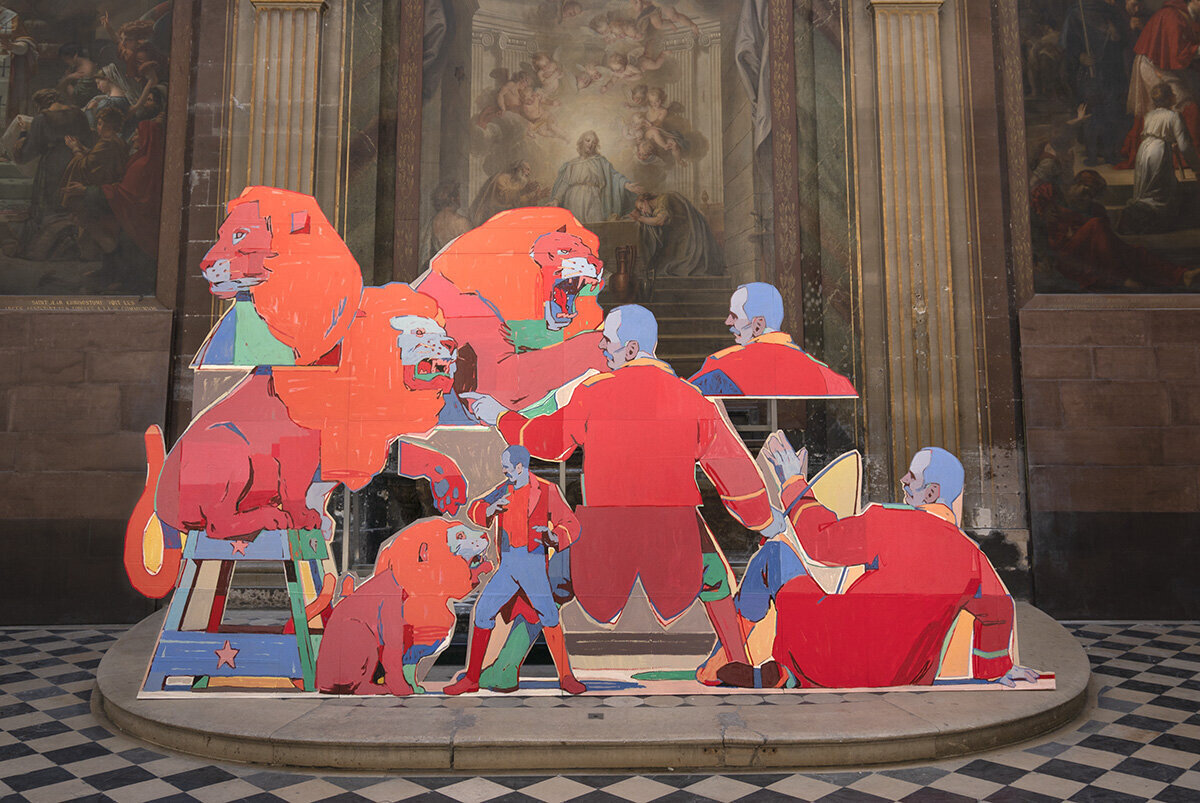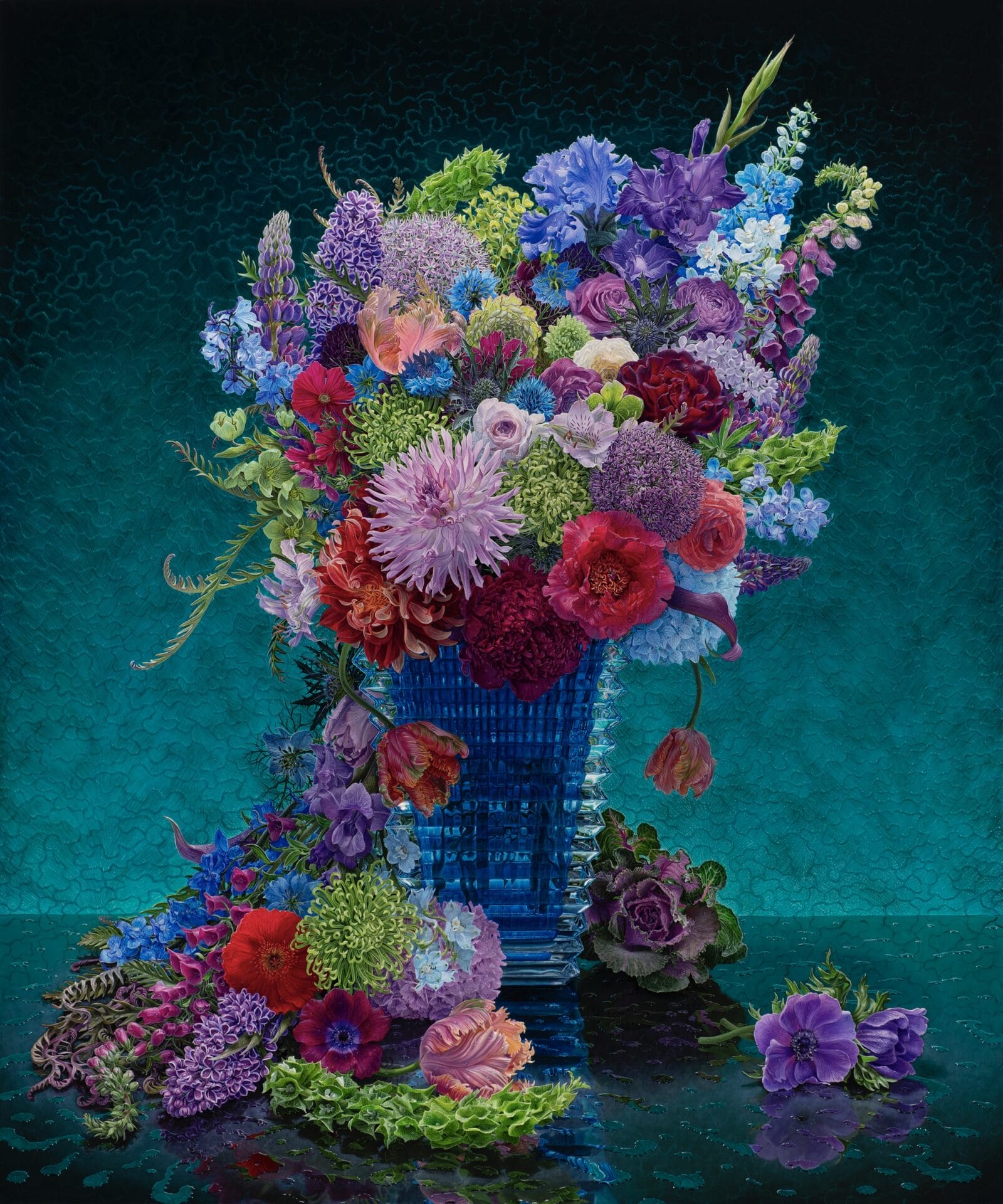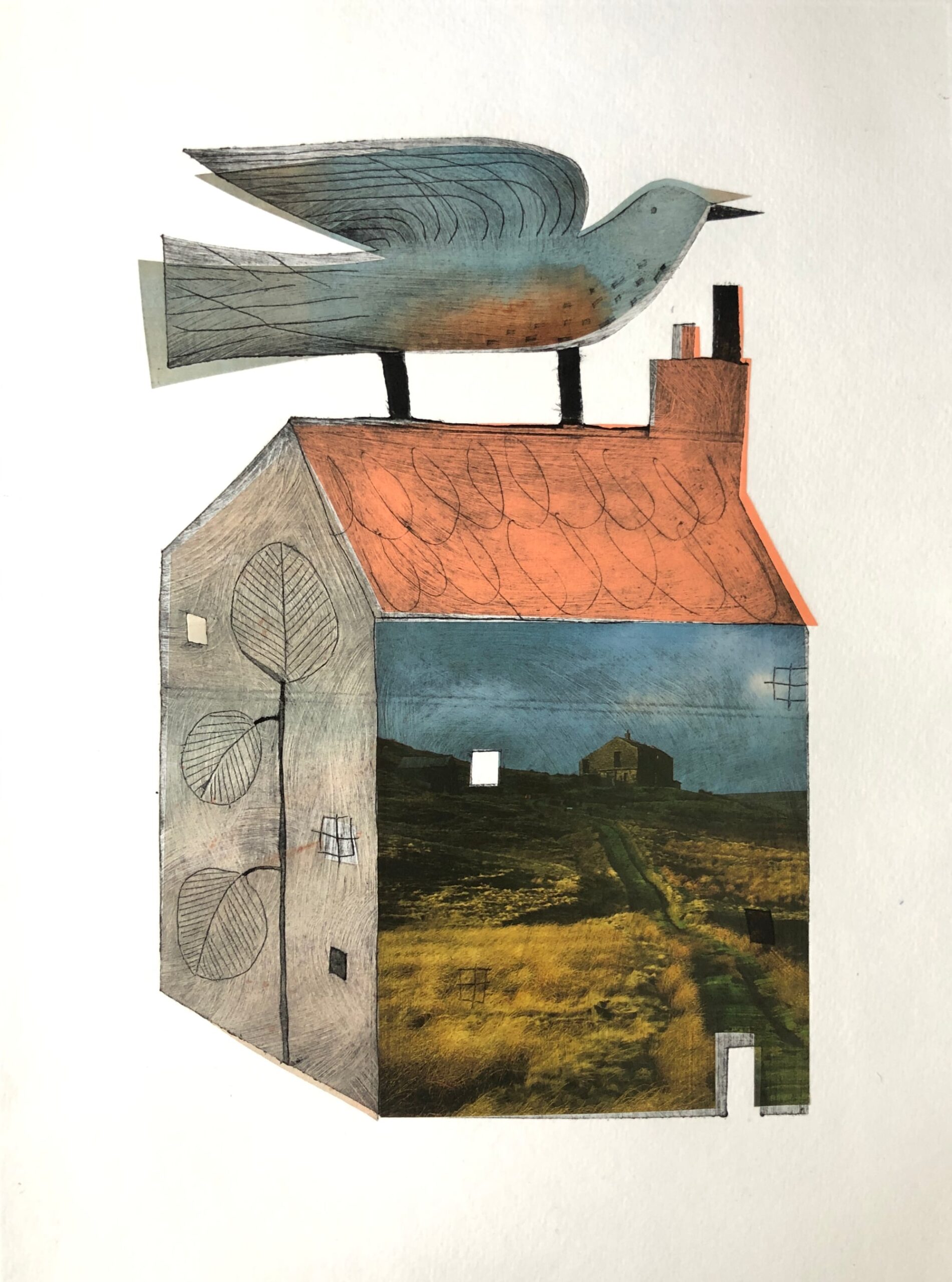
Utagawa Hiroshige (1797–1858) was born in Japan on the brink of a national transformation. The Edo Period, characterized by the military rule of the Tokugawa Shogunate, had seen economic growth and sustained peace since its establishment in 1603. But 200 years on, the government’s staunch policies, hierarchical structure, and isolation from the outside world was beginning to erode. In 1867, just nine years after Hiroshige’s death, a new emperor restored imperial rule.
Hiroshige: artist of the open road, which just opened at The British Museum, traces the remarkable variety of locations the artist portrayed, from cherry trees and gardens to pleasure boats in the Ryōgoku district of Edo (modern-day Tokyo) to sweeping views of iconic Mt. Fuji. His woodcuts capture everyday life, landscapes, and culture in 19th-century Japan in vibrant color.

Along with his contemporary peers like Hokusai, the artist witnessed immense change throughout his lifetime, which he chronicled in thousands of woodblock prints. “As Japan confronted the encroaching outside world, Hiroshige’s calm artistic vision connected with—and reassured —people at every level of society,” the museum says.
Hiroshige often assembled his prints into collections or folios, and artist of the open road includes examples from 100 Famous Views of Edo (1857), The 69 Stations of the Kiso Highway (late 1830s), and more. The exhibition also marks the artist’s first solo show presented by The British Museum and the first in London in more than a quarter-century.
Hiroshige: artist of the open road continues through September 7 in London. You might also enjoy perusing this fantastic ukiyo-e print archive.







Do stories and artists like this matter to you? Become a Colossal Member today and support independent arts publishing for as little as $7 per month. The article Vibrant Woodblock Prints Traverse a Bygone Japan in ‘Hiroshige: Artist of the Open Road’ appeared first on Colossal.



